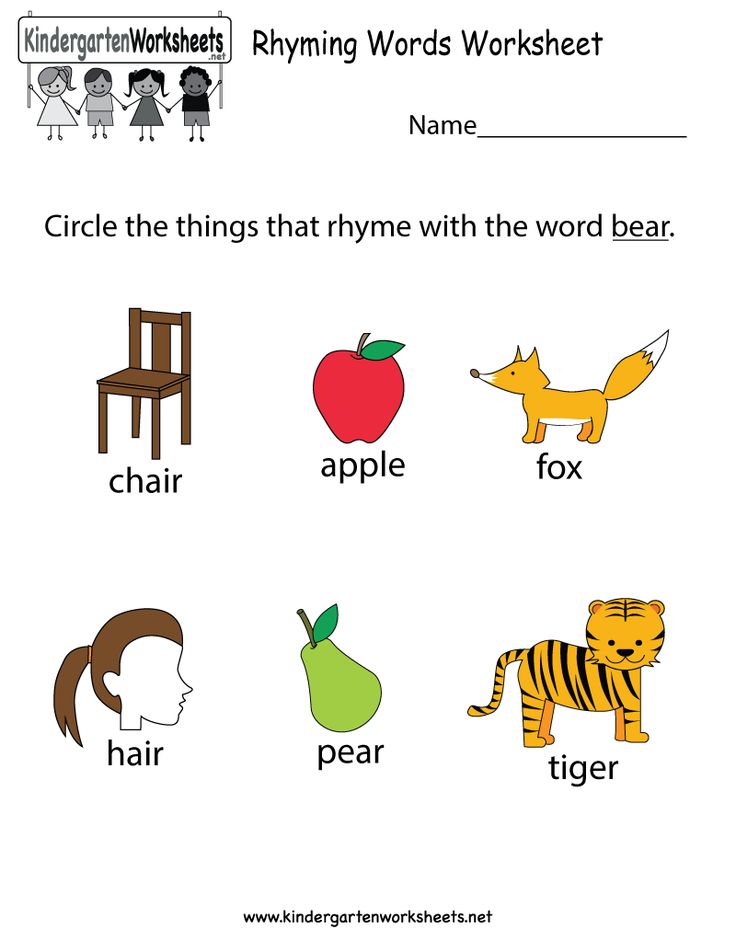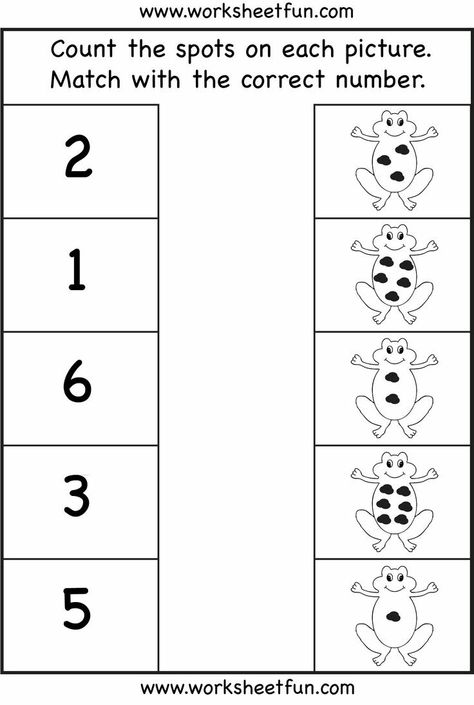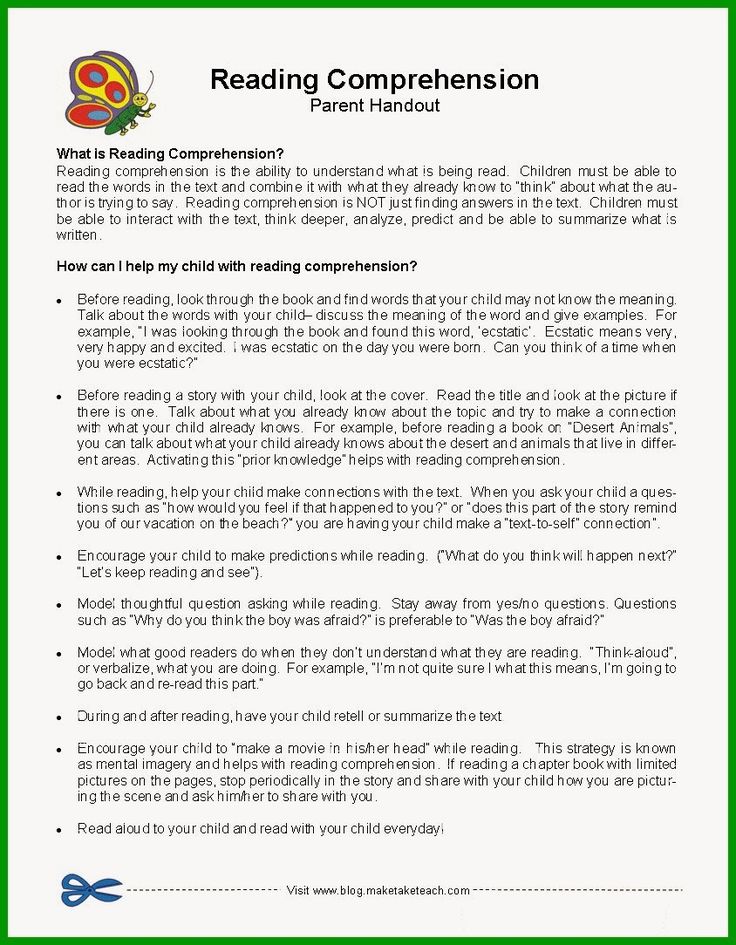Preschooler math games
Preschool Math Games and Activities to Engage Young Learners
Preschoolers have lots of important math skills to learn before they start kindergarten. Counting, number sense, sorting, patterns, comparing size, and so much more—these are all concepts toddlers need so they can move on to more advanced math concepts. These preschool math games and activities help kids master those skills in ways that are just as fun as playtime!
1. String beads on pipe cleaners
This is one of those classic preschool math games that has so many benefits for young learners. They get fine motor control practice along with learning to count, recognize numerals, and put numbers in order. All you need are pipe cleaners and beads.
Learn more: Laughing Kids Learn
2. Monster Dice Match
Rolling dice gives kids a chance to practice counting and subitizing. Get the printable for this free matching game at the link.
Learn more: The Measured Mom—Monster Dice
3.
You’ll find lots of dice-related preschool math games out there. In this one, kids roll the dice and then stack blocks together. They finish by counting the blocks all together, an early intro to addition.
Learn more: Hands On as We Grow
4. Flip Uno cards to make a match
Get some memory practice while you learn numerals. Uno cards, with their bright and cheery colors and large numbers, are perfect for this, but regular playing cards work too.
Learn more: Primary Playground
5. Tag the number
We love that this game gives kids a chance to move! Tape up numbers on the wall (or write them on a whiteboard). Then have kids roll a die and run to tag the number that comes up. You can play this game in other ways too, like calling out the numbers randomly yourself, or taping the numbers in a variety of places around the room.
Learn more: This Reading Mama
6. Build a city
Stack building blocks and build a city skyline.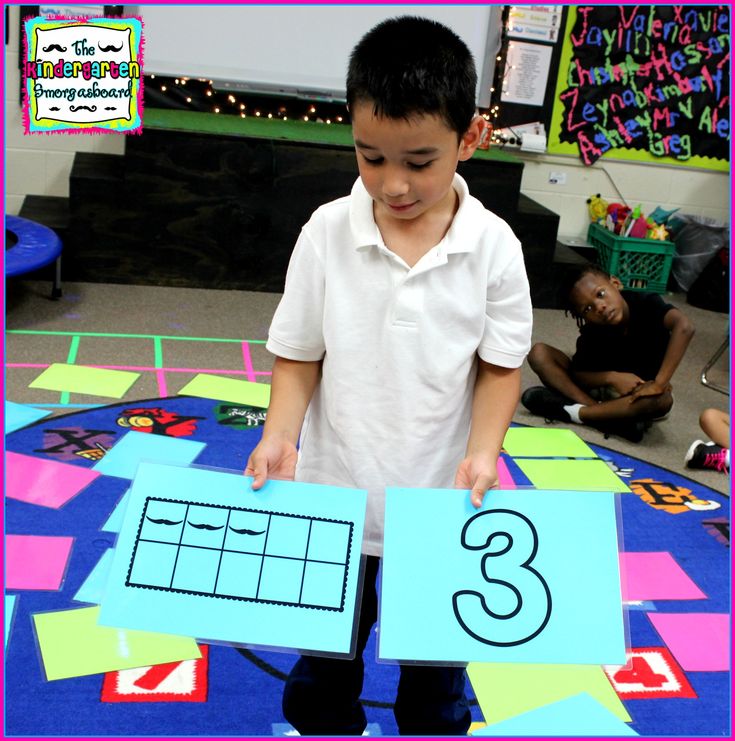 You’ll get a different result every time, making this one of those preschool math games kids can play again and again.
You’ll get a different result every time, making this one of those preschool math games kids can play again and again.
Learn more: Cinta + Co.
7. Race to fill the cup
So simple and so fun! Grab a bin of math cubes or small toys and some plastic cups. Kids roll a polyhedral die (you can also try flipping playing cards or Uno cards) and place that many items in their cup. The first to completely fill their cup wins!
Learn more: Frugal Fun for Boys and Girls—Fill the Cup
8. Hunt for numbers
Combine a sensory experience with some number practice. Fill a bin with sand, then bury playing cards for kids to find and match up.
Learn more: Busy Toddler/Number Hunt
9. Bounce a balloon
Everyone loves playing with balloons! Roll a die, then see if you can bounce a balloon into the air that many times without letting it hit the ground.
Learn more: Confidence Meets Parenting
10. Build a beetle
This is just like the original Cootie game, but no need to buy anything! Just cut beetle pieces from construction paper, then roll a die and see if you can be the first to assemble your bug!
Learn more: Teach Beside Me
11.
 Create shapes with sticks
Create shapes with sticksToddlers need to master their shapes, and this is a clever way to do it. Put together sets of wood craft sticks (use the same color for each shape) and let little fingers turn them into triangles, squares, and other shapes.
Learn more: Team Cartwright
12. Send bears into hibernation caves
Make “caves” from plastic bowls, then send little toy bears into “hibernation” in each one! Learn how the game works at the link.
Learn more: Pocket of Preschool
13. Park numbered cars
Vroom vroom! Number your toy cars to match the slots in a cardboard parking lot. Kids will have fun zooming them into the right places.
Learn more: B-Inspired Mama
14. Line up dominoes
Dominoes are fantastic math learning tools. This game is a sneaky introduction to addition, as kids count up the total number of dots on each domino and put them in the proper place.
Learn more: Busy Toddler—Domino Line-Up
15.
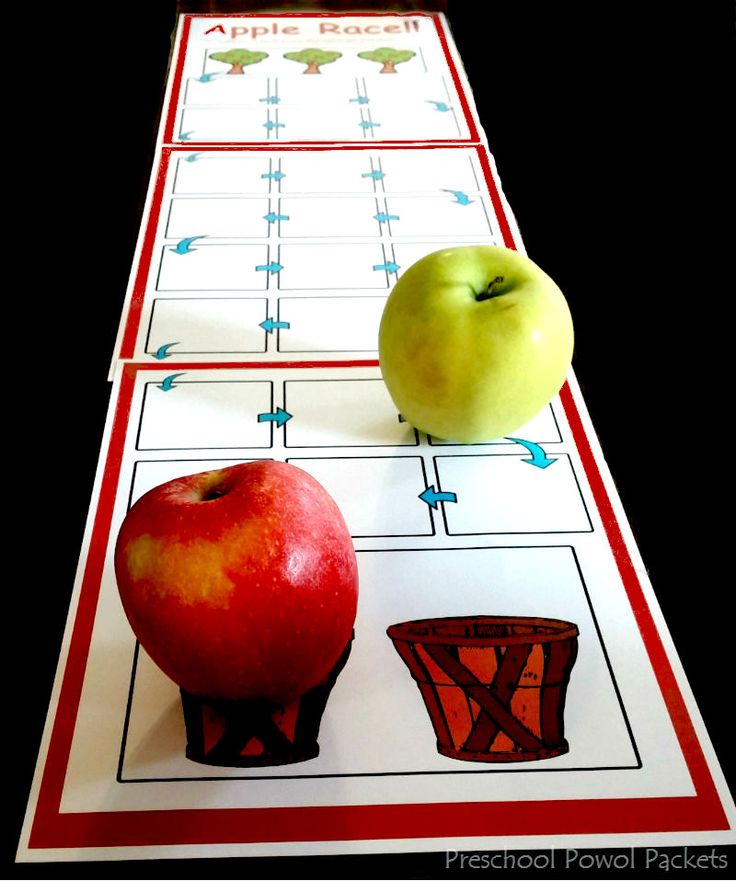 Copy ice tray patterns
Copy ice tray patternsSeeing and matching patterns is a key skill for preschoolers. Placing pom-poms into ice cube trays with plastic tweezers helps them work on fine motor skills too.
Learn more: Planning Playtime
16. Rubber Duck Math Race
In this game, kids race to see who can be the first to get their rubber duckies to 10 (or any number you choose). They roll a die and lay out tiles to move their duck. The twist? To get to 10 at the end, they must roll the exact number they need—no going over! Preschool math games like this help kids master counting to 10 and counting on.
Learn more: Happy Toddler Playtime—Rubber Duck Race
17. Feed the LEGO monster
Sort LEGO bricks by color, shape, or number of dots. Then compare the number that wind up in each bag to learn the concept of “more or less.”
Learn more: Toddler Approved
18. Drop blocks into tubes
Upcycle some empty cardboard tubes by labeling them with numbers.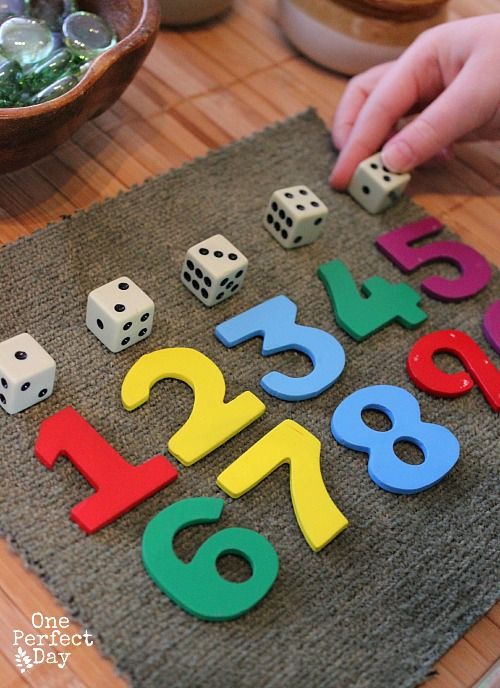 Then drop small items like blocks or caps into the tubes to match the numbers.
Then drop small items like blocks or caps into the tubes to match the numbers.
Learn more: Happy Toddler Playtime—Tube Counting
19. Compare numbers to music
Prep for this game by using dot markers on paper plates as shown (visit the link below for more examples). Each kid takes a plate and uses it to “drive” around the room as you play music. When the music stops, they find a nearby partner and compare what they see on each other’s plates (e.g., “8 dots is more than 4 dots. 1 green dot is less than 4 green dots.”). Then start the music up and repeat!
20. Hold a shape scavenger hunt
Preschool math students are learning to recognize shapes in their environment and also to categorize and sort. This scavenger hunt does it all! Send them out to find objects in the room that match the shapes. Then count and compare to see how many you have in each category.
Learn more: Frugal Fun for Boys and Girls—Shape Scavenger Hunt
If you loved these preschool math games, be sure to check out 20 Simple and Fun Preschool Science Experiments and Activities.
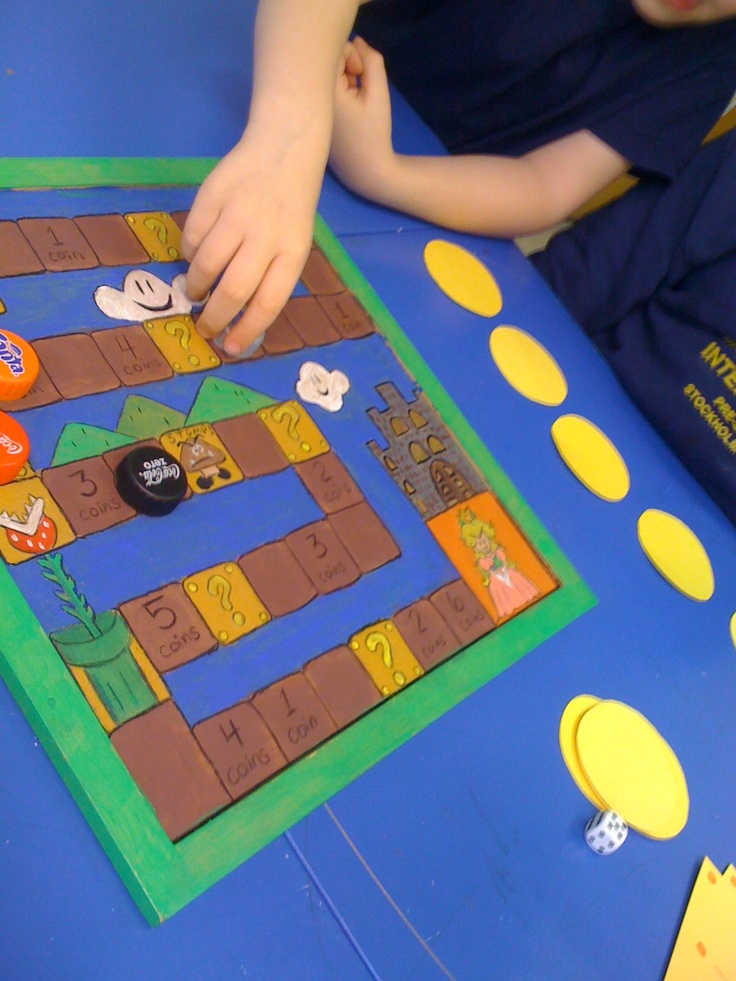
Plus, get all the latest teaching tips and ideas when you sign up for our free newsletters!
5 Preschool Math Games Your Child Will Want To Play
If you’ve been looking for fun preschool math games for your child, you’ve come to the right place. Our HOMER learning experts have compiled a list of some of our favorite hands-on math activities to keep your child learning and engaged.
Before we break down our list of fun games for your child to enjoy while at home, we’d like to discuss why they matter. Why should you put so much effort into trying to help your child grasp essential math concepts from such a young age?
Let’s find out.
Why Are Preschool Math Games Important?
They Encourage Kids To Have Fun With Math
One of the reasons we love math games is because they allow kids to engage with math concepts in a fun and interactive way. This is important because it helps children develop a love for math early on.
You may sometimes hear words or phrases like, “Math isn’t for everyone” casually thrown around in conversations.![]() We disagree! Allowing kids to engage with math from a preschool level can help them realize that the more they practice math, the more exciting and fun it will become.
We disagree! Allowing kids to engage with math from a preschool level can help them realize that the more they practice math, the more exciting and fun it will become.
They Allow For Independent Play
While some games involve multiple participants and help develop social skills, other preschool math games encourage children to play independently.
Independent play is essential for children for many reasons. It helps them develop problem-solving skills, creativity, self-regulation, and so much more.
These skills are all beneficial for raising confident, capable children.
They Give Parents Insight
One of the biggest benefits of preschool math games is that they give parents insight into their child’s developing mathematical skills.
This is very important because you will see which concepts your child is grasping and which they have yet to learn. Armed with this knowledge, you can then move forward knowing which areas to focus on to help your child continue on their math journey.
What Makes A Good Preschool Math Game?
Now that we’ve talked a bit about why preschool math games are so important for your child, it’s time to get to those activities you came here for!
Before we do so, it’s important to share why these games are so effective for your young learner. In a nutshell, the below games:
- Are age-appropriate
- Encourage problem-solving
- Help children practice math concepts in a fun way
Children learn best when they are playing. So, here are some games that, while being engaging and fun for young children, also support their growing mathematical skills.
5 Fun Preschool Math Games
1) Numbered Chocolate Chip Cookies
What You’ll Need:
- Cookie dough
- Chocolate chips
- One die
What To Do:
Just because there’s math involved in a game doesn’t mean it can’t be tasty, too!
The goal of this activity is number matching. To get started, you’ll need to choose your favorite chocolate chip cookie recipe.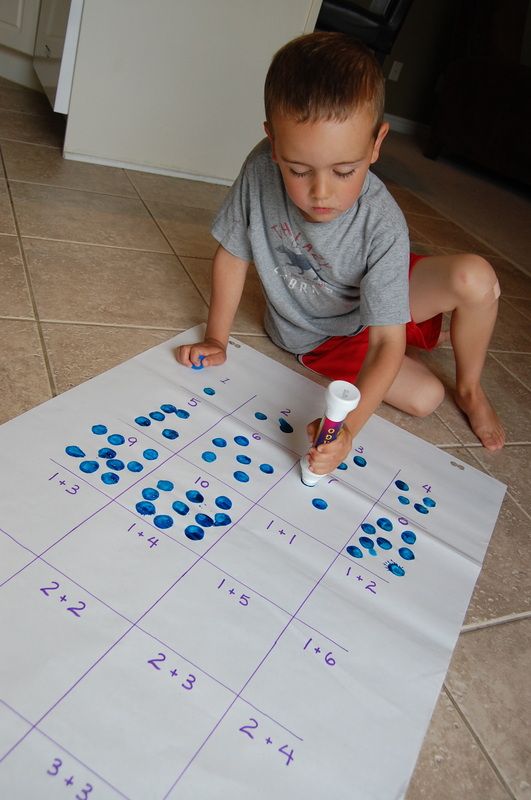 Then, mix the ingredients to form the dough.
Then, mix the ingredients to form the dough.
Before you move on to adding the chocolate chips, you’ll need to portion out enough batter to form the cookies. Each cookie dough ball will get its own number of chocolate chips, and a roll of the die will determine how many.
Let your child count the dots on the die, and if they’d like more chocolate chips, they can roll again!
This activity will help preschoolers practice their counting, familiarize them with the symbols of these numbers, and also demonstrate how to follow directions.
And the best part is that, with all this deliciousness, you probably won’t need to encourage them to participate!
2) Fill The Cup
What You’ll Need:
- A pair of dice
- Small plastic cup
- Any objects that are easy to count (marbles, dried beans, etc.)
What To Do:
The goal of this activity is simple: Be the first person to fill the plastic cup.
To get started, you and your child will need to roll your dice at the same time.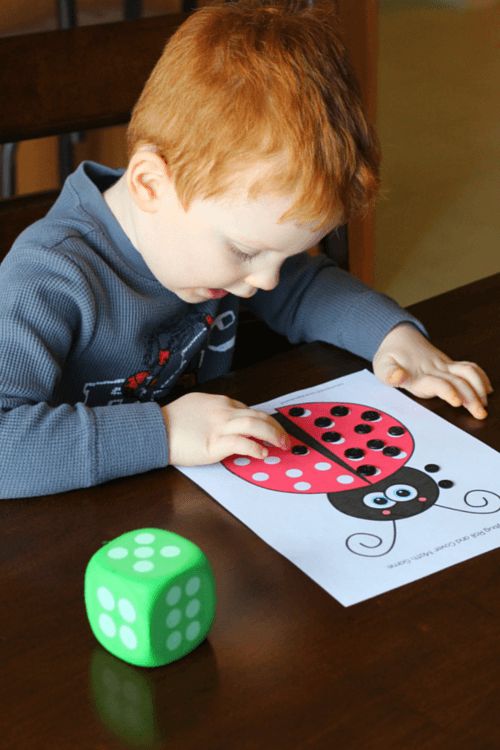 Based on the number you just rolled, you will then start filling up the plastic cup (with marbles or dried beans). For example, if you rolled a four, add four beans to the plastic cup.
Based on the number you just rolled, you will then start filling up the plastic cup (with marbles or dried beans). For example, if you rolled a four, add four beans to the plastic cup.
Continue rolling the dice and adding items as you go. The first person to fill their cup is the winner! Keep in mind that the larger the items you choose, the faster the game will go.
Before getting started, remember to help your child get used to the game’s components (rolling the dice, reading the number, and then adding the items to the plastic cup).
If this is a little challenging for your young learner, feel free to switch things up by rolling the dice for each other. For example, your child can roll the dice, and you will then need to read the numbers and add that specific amount of items to your cup.
3) Number Picture
What You’ll Need:
- One large piece of paper
- Stickers
What To Do:
Begin by drawing five to 10 large circles on a piece of paper.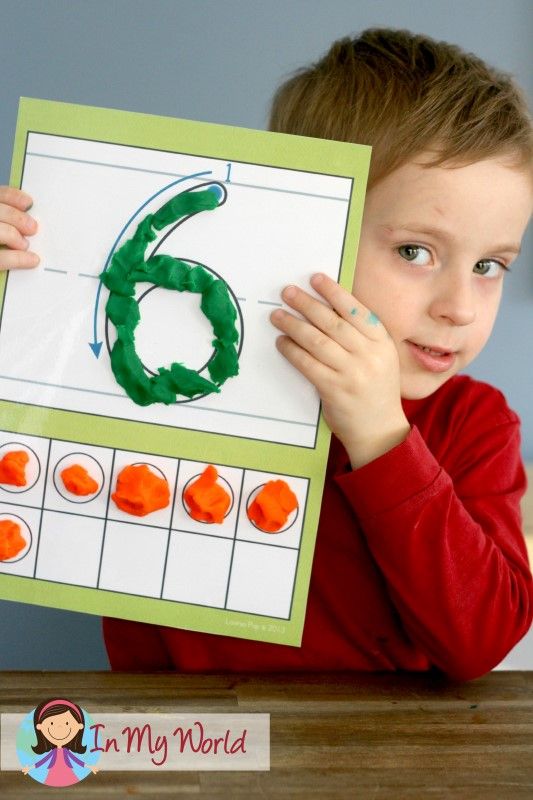 Next, let your child choose a number for each circle. They can then put the designated number of stickers in the circles.
Next, let your child choose a number for each circle. They can then put the designated number of stickers in the circles.
This is a simple but fun activity for preschoolers that allows them to play independently while learning. Let them work on their own and show you the results of their work when they are done.
They will be so proud of what they’ve accomplished!
4) Hopscotch
What You’ll Need:
- Chalk
- A small rock or pebble
- A paved area outside
What To Do:
Hopscotch is an old-school game most of us loved to play as kids. If you need a reminder on the game and how to play it (as well as other fun number games), you can check out this link here.
Preschoolers are still very young and may find the original game challenging. Here’s how you can modify it to help them:
- Make the squares smaller and closer together
- Let your child jump to one number at a time
- Allow your child to place the stone on the numbered square instead of tossing it
This activity is excellent for helping children practice their math skills (like counting) and getting in some much-needed exercise and Vitamin D!
5) Create Your Own Puzzle
What You’ll Need:
- An image of something your child likes (a dog, cat, flower, butterfly, etc.
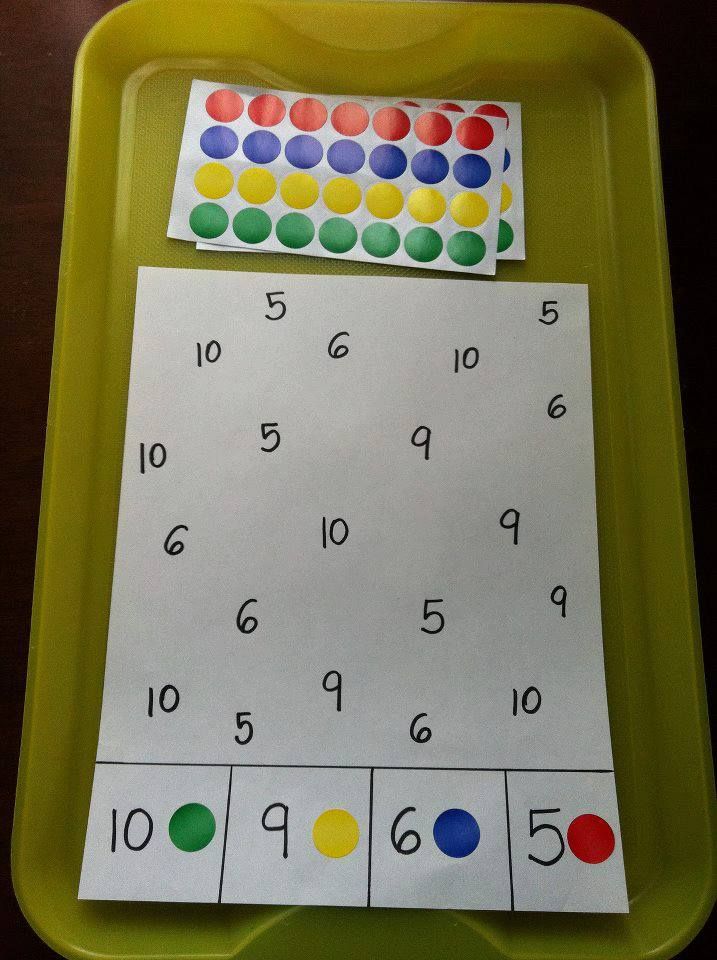 )
) - Glue
- Bond paper
- A marker
- A pair of scissors
What To Do:
Most children start playing with puzzles from a very young age. Now that they’re preschoolers, you can help them create their own!
Start gluing the picture onto bond paper to make it sturdier. Then decide how many pieces you want to create from the image and mark out where you will cut it. It’s best to make the pieces medium-to-large so that it’s easier for your child to piece them back together.
Once you’re done, help your child cut along the lines and, just like that, you have a brand-new puzzle!
Once the puzzle is ready, demonstrate where and how the pieces need to fit. Then, allow your child to practice on their own.
This is an excellent activity to help children develop essential math skills, such as shapes, problem-solving, and comparisons.
Ready, Set, Play!
We hope you’re clear on one thing from our list above — preschool math games don’t have to be boring! In fact, the more fun and entertaining they are, the more engaged your child will be and the more likely they are to retain the information.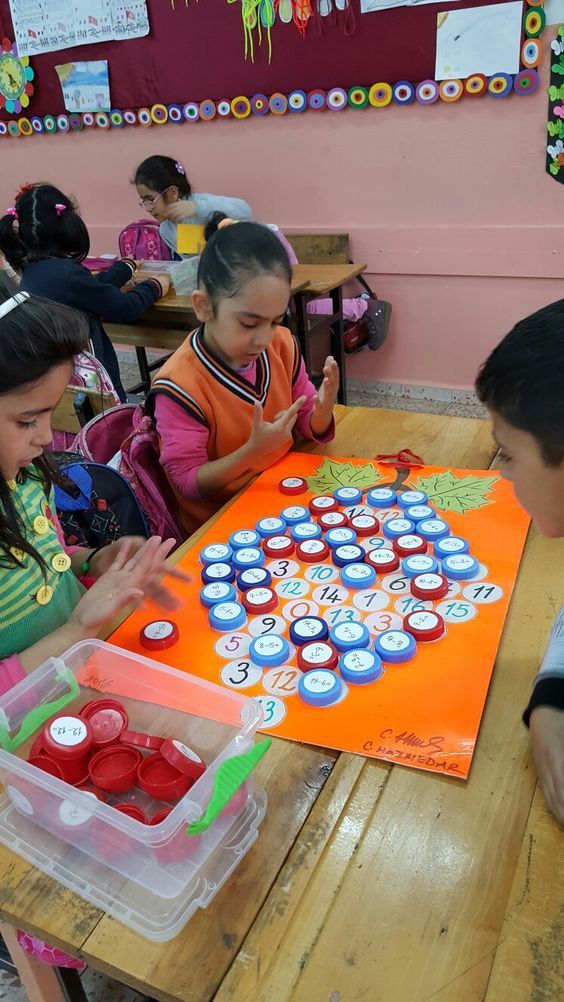
Mathematics is one of the core subjects we teach at HOMER. That’s because we understand how important it is for children to have a solid math foundation from an early age, as this will help them tackle more complex math problems later on.
To learn more about our unique approach, check out the HOMER Learn & Grow app!
Author
Math games for preschoolers and first graders
The development of a child's mathematical abilities is one of the aspects of preparing for school. It can be difficult for a preschooler to operate with numbers, so experts advise starting a child’s acquaintance with numbers and mathematical calculations from games. Complex and sometimes boring examples and tasks do not cause rejection in the baby when they are presented in the form of interesting colorful tasks.
If a child understands at an early age that mathematics is exciting and fun, it will be much easier for him to master the school subject. By the way, mathematical games develop not only the skills of working with numbers, but also logic and non-standard thinking. What are the mathematical games for preschoolers - in our material.
By the way, mathematical games develop not only the skills of working with numbers, but also logic and non-standard thinking. What are the mathematical games for preschoolers - in our material.
Math games for children 4-5 years old
Math games for preschoolers 4-5 years old include simple math examples for addition and subtraction within 10.
1. Math game "Labyrinth"
In this math game the child is faced with the task of seeing the pattern, going through the maze and helping the squirrel find the acorn.
Print the picture. Give the child a pencil. Let him draw a path along which the squirrel can get to the acorn.
The squirrel has started its journey. She took two steps. What is the difference between 3 and 1? How much more is it? And the number 5 compared to 3? It is desirable that the child himself see the pattern (adding 2 to each previous number). But if it doesn’t work out, don’t worry — explain. Calculate the next step together, and then let the baby go on his own.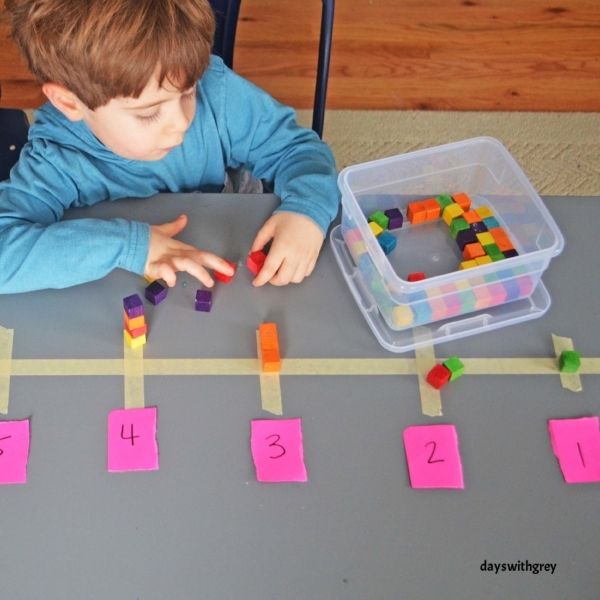
2. Math crossword
If a child can count to 10, they may be interested in doing a math crossword.
Print out the crossword. Tell your child how to work with a mathematical crossword puzzle, how the numbers fit into it. You can explain such concepts as "horizontal" and "vertical".
Explain that each row and column must have correct equalities. Emphasize that a mathematical crossword puzzle differs from the usual example in that an unknown number can appear anywhere in it.
Show that in a crossword it is better to solve the examples not in an arbitrary sequence, but by moving from one intersection to another. And it is very important to do everything right, because a mistake in one place will lead to inaccuracies in another.
3. Mathematical game "Count the beads"
As in other examples, the picture can be printed.
There are two different tasks here.
On the left picture there are beads that you need to count and write the answers below, as shown in the first picture.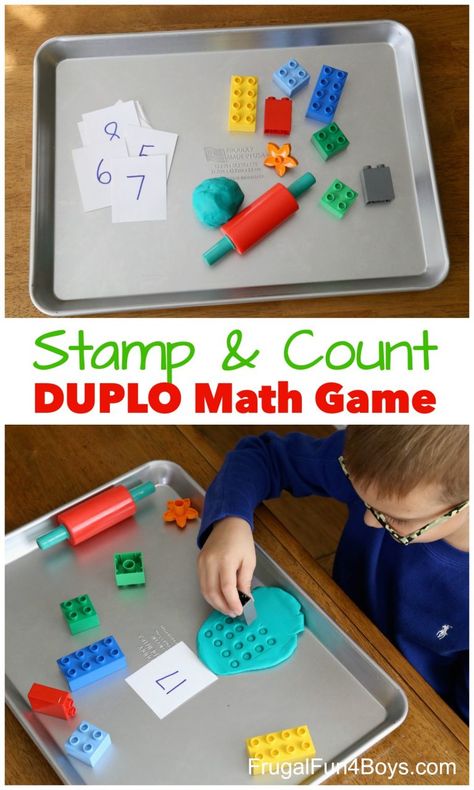 Do not give the child the task right away - invite him to think about what the numbers below (in the first picture) mean. Perhaps he himself will find a correspondence between the number of beads and the number below. In this case, he will easily enter all the correct answers.
Do not give the child the task right away - invite him to think about what the numbers below (in the first picture) mean. Perhaps he himself will find a correspondence between the number of beads and the number below. In this case, he will easily enter all the correct answers.
On the second, right, block of pictures, the number of beads is the same everywhere, and the number of filled beads is signed below. The kid can also guess about this on his own. After that, he will gladly color the required number of beads in each picture.
With this activity you can explain to your child what an abacus is and how to use it.
4. Mathematical game “Take the bear to the bear cub”
Examples are written on the ice. In this game, the child must complete each task and write the answer on the ice. After that, you can pave the way of the bear to the bear cub along the ice, on which the numbers 1, 2, 3 are written, and then in order up to 10.
Math games for preschoolers 6-7 years old
Math games for children 6-7 years old are a bit more difficult and suitable for kids who can count to at least 20 and solve addition and subtraction problems in two steps.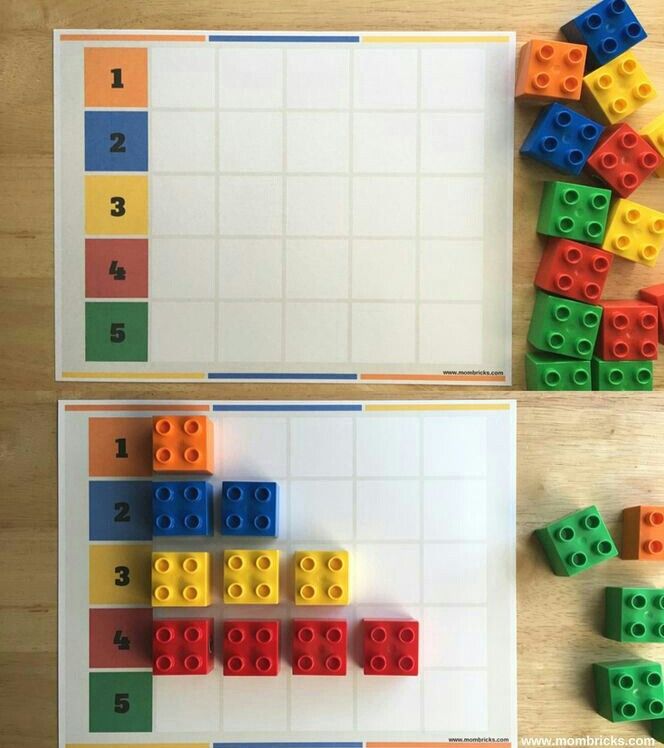
1. Mathematical game "Insert the missing number"
The meaning of this mathematical game is to insert numbers into empty cells that come in sequence before, between or after a given number.
Thus, the child's idea of the "number line" is formed.
For convenience, you can first draw this line, on which numbers are indicated from left to right, increasing each time by one. Then the baby will understand what “before”, “between” and “after” means, and will easily do all the exercises.
2. Mathematical game “Put fruits in baskets”
Print the picture, cut out all fruits and baskets separately. The kid must solve a mathematical example that is written on a fruit and "put" it in the correct basket.
These examples show the child that the same number can be obtained in several ways.
Note that the example does not show the same number of ways to get different numbers. So, 7 is obtained by five options: 4 + 3; 7 - 0; 1+6; 2+5; 14 - 7.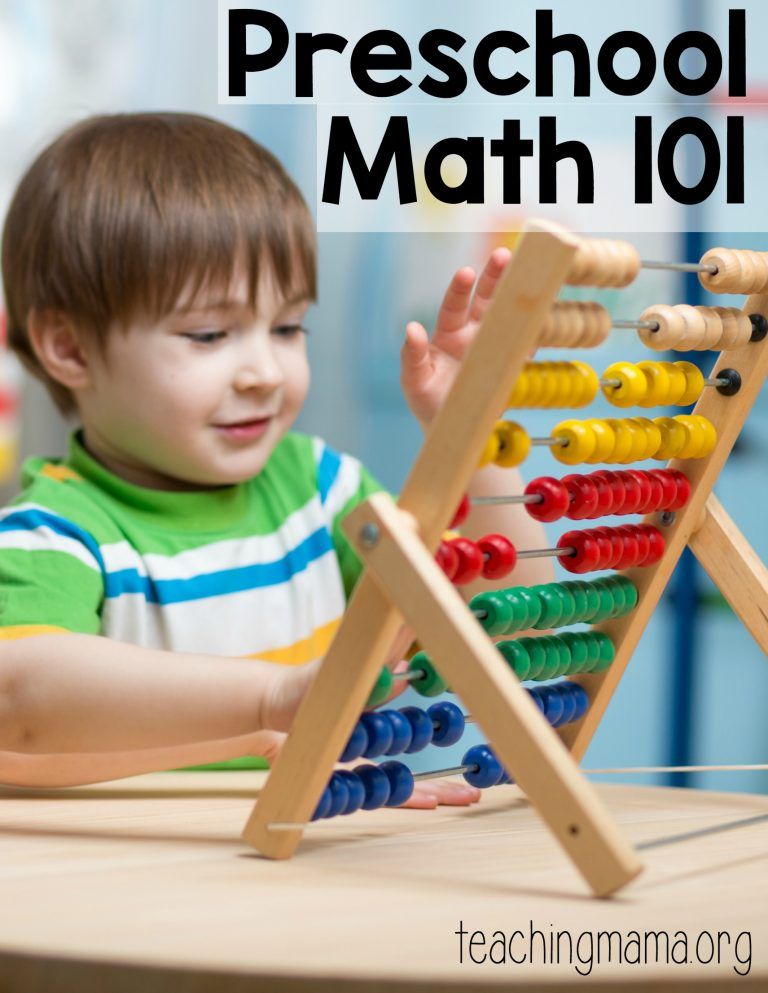 And 18 - three: 9 + 9; 20 - 2; 12 + 6.
And 18 - three: 9 + 9; 20 - 2; 12 + 6.
Explain that there are other ways to get the number 18. Give an example or have the child come up with their own.
3. Mathematical game "Find a suitable umbrella"
In this math game, you need to match an umbrella to each cloud. To do this, the child must solve the examples written inside the cloud and the umbrella, and then place the cloud over the desired umbrella.
In this task, you can not cut anything, but simply connect pictures with the same answer. Each cloud corresponds to one umbrella.
Math games for 1st grade
Math games for schoolchildren are suitable for children who can count up to 30, complete examples in several steps and have a basic understanding of fractions.
1. A chain of mathematical examples
On the path of the butterfly to the flower, do all the suggested actions. Some of the numbers are already in circles, others must be entered by solving the examples given above.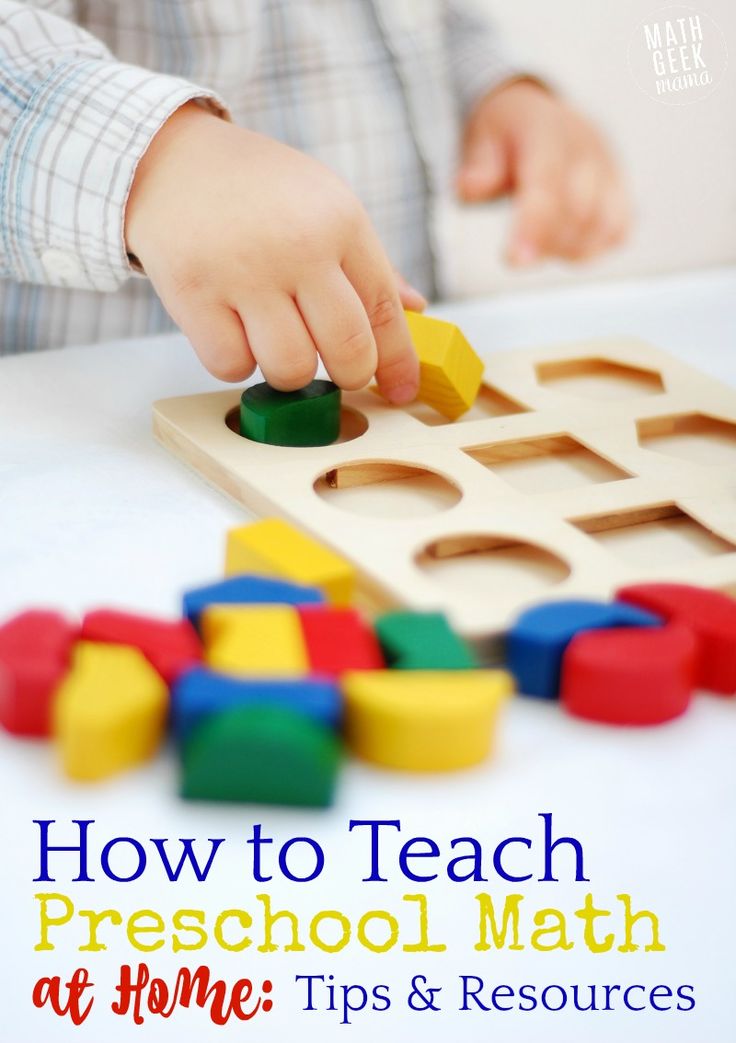
This math task is not for the little ones: here you need to be able to count to at least 30.
2. Math game "How much does a salad cost?"
The picture shows vegetables and their "value". Below are plates with a different set of vegetables. Invite the child to calculate how much each salad “costs”.
3. What is the fraction in the picture?
Pictures will help explain to your child what fractions are.
The images show circles divided into equal parts. Some of them are painted over. First you need to calculate how many parts there are. Next - how many of them are painted over.
The essence of a fractional number is easy to explain in this way.
For the first example: the circle is divided into 4 parts; three out of four are shaded, i.e. three-fourths. This is referred to as 3/4.
Second example (below): there are 6 beats in the circle, four of the six are shaded - four sixths, 4/6.
Such an algorithm will allow the child to choose from the options presented the answer corresponding to each circle.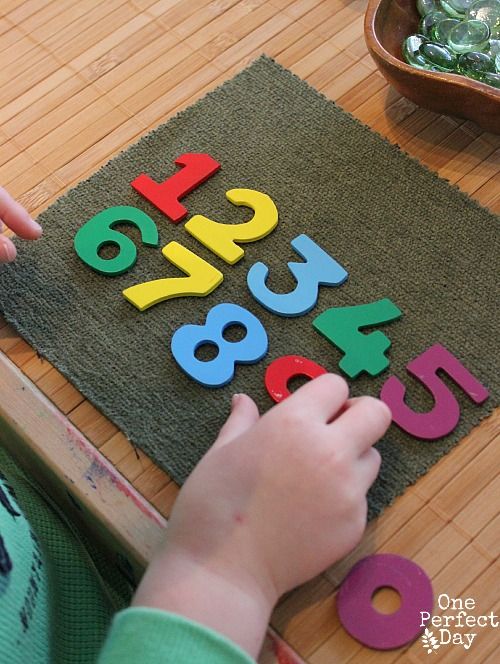 To check how the kid understood the material, ask him to show an integer (not a fractional) number on one of the circles, painting over the required number of parts. He will cope with the task if he figured out how a fractional number is formed and how a fraction differs from a whole.
To check how the kid understood the material, ask him to show an integer (not a fractional) number on one of the circles, painting over the required number of parts. He will cope with the task if he figured out how a fractional number is formed and how a fraction differs from a whole.
Umnasia offers a large number of mathematical problems for logic and ingenuity for primary and secondary school students. All tasks are presented in the format of an interactive story game with pleasant voice acting and colorful illustrations:
- logic tasks for grade 1
- logic tasks for grade 2
- logic tasks for grade 3
- logic tasks for grade 4
- logic tasks for grade 5
Mathematics and logic for children 7-13 years old
We develop logical thinking through solving plot mathematical problems in an interactive game format
learn more
Entertaining mathematics for preschoolers, mathematical games and tasks online
HomeExerciseMath
Math
Shapes course
View all
What is symmetry?
Part of the whole
We study the figures (1)
We study the figures (2)
Study the figures (3)
We study the figures (4)
Posal Line
polygon
polygons (1)
View all
Course Learning numbers
View all
Number 1 (1)
Distinguish numbers from 0 to 9 (1)
Distinguish numbers from 0 to 9 (2)
Distinguish numbers from 0 to 9 (3)
Distinguish numbers from 0 to 9 (4)
Number line up to 10 (1)
Digit 1 (2)
Digit 2 (1)
Digit 2 (2)
View all
Count up to 5
View all
Funny numbers0 (2) 900 )
Cheerful count up to 3
Cheerful count up to 5
Where else? (1
Where is more? (2)
Let's count!
Remove the numbers up to 3
We play and consider
View all
Consider up to 10
View all
Funny account up to 10 (1)
Funny score up to 10 (2)
Tasks for up to 10 up to 10 (1)
Number Line Problems up to 10 (2)
Play and Count (1)
Play and Count (2)
Which is in order up to 10?
Count down from 10 to 1 (1)
Count down from 10 to 1 (2)
View all
Count up to 20
View all numbers up to 20 (1)
Composition of the number 12
Counting in pairs up to 20
Counting objects up to 20
Counting objects up to 20 (2)
Counting objects up to 20 (3)
Counting objects up to 20 (4)
View all
Count up to 100
View all
Approximate count (2)
Money likes count
Units of length.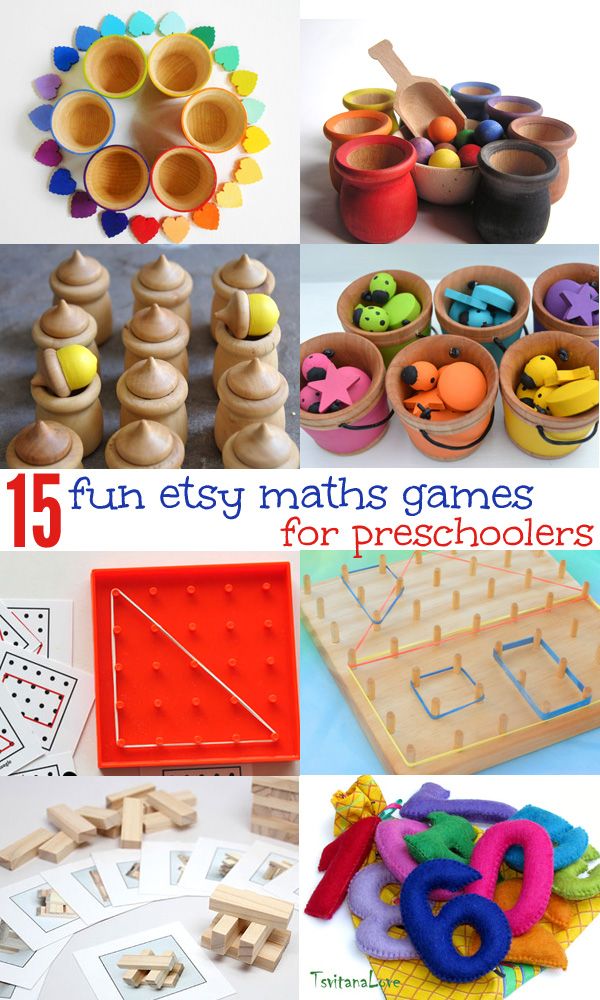 Millimeter
Millimeter
Approximate account (1)
Put up to 100 (1)
Consider up to one hundred
View all
Composition of the number
View all
composition
Composition of number 14
Composition of number 11
Composition of the number 17
Composition of the number 19
Composition of 16
The number 15
View all
We add up and subtract
View all
Learning to solve problems up to 10 (1)
Learning to solve problems up to 10 ( 2)
Examples in pictures
Subtract and add
Subtract through ten (2)
Subtract through ten (3)
Drag the answer
Add. Terms. Sum. (1
Addition. Terms. Sum. (2)
View all
Compare numbers
View all
Longer, shorter, equal in length
Comparing numbers in pictures up to 10
Odd or even
Comparing expressions. Equalities and inequalities
Comparing numbers within a million
Comparing numbers in pictures up to 20
Comparing numbers within 20
Comparing numbers
View all
We multiply and divide
View all
Remember the multiplication table
Division by 10 and 100
Division with a remainder of
Division of a three -digit number by an unambiguous
Tasks for multiplication and division
Do you know the multiplication table? (1)
Do you know the multiplication table? (2)
Written division with remainder
Written two-digit multiplication
View all
Solve problems and examples
View all
Learning to solve problems up to 10 (1)
Money LOVE IS
diagrams
Subtraction check
Tasks for multiplication and division 9000 Composition of the number
View all
Determine the time
View all
Days of the week (1)
Days of the week (2)
Remember months (2)
Distinguishing the seasons
Memorizing the months (1)
Finding the time using the hands
Clock with hands
Autumn riddles (1)
Seasons - spring (2)
3 Why do we need math?
Mathematics is a fundamental science that appeared at the moment when a person needed to calculate something.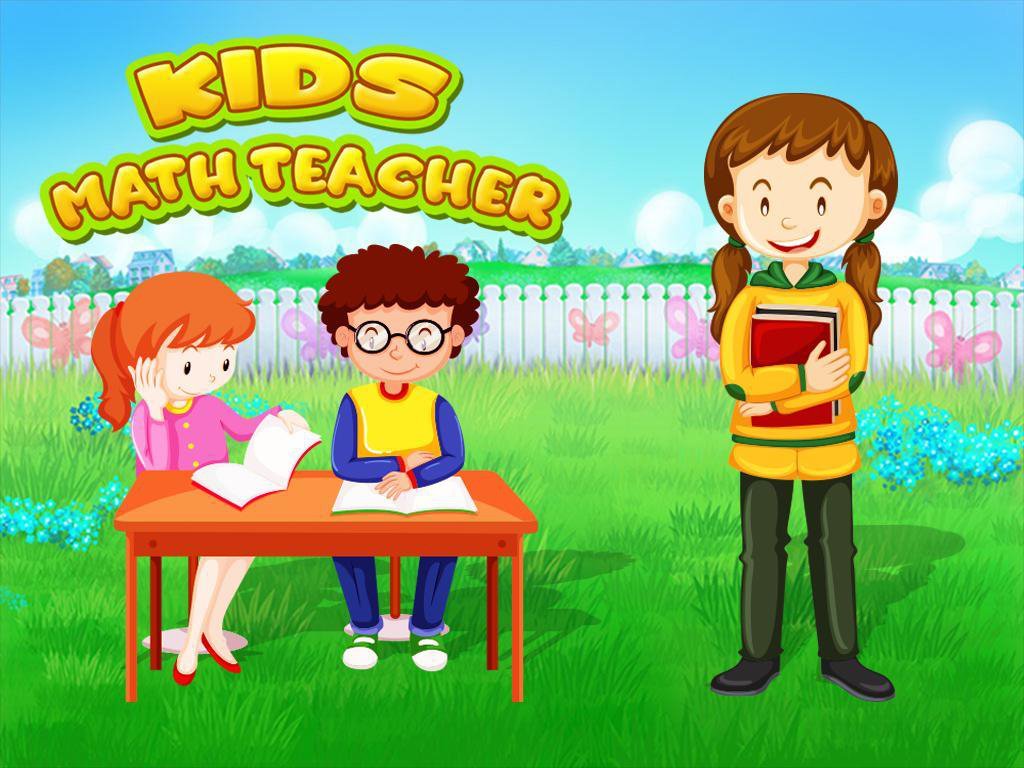 We can say that her age is not much different from the age of mankind. Mathematics helps, on the one hand, to develop abstract thinking, on the other hand, to solve applied problems in everyday life.
We can say that her age is not much different from the age of mankind. Mathematics helps, on the one hand, to develop abstract thinking, on the other hand, to solve applied problems in everyday life.
Mathematical thinking, or mathematical mindset, is based on logic, the ability to build cause-and-effect relationships, critical thinking, the desire to get to the bottom of a question or problem.
Mathematics forms skills that are relevant for any historical period, especially for the present.
What is entertaining mathematics?
Undoubtedly, mathematical abilities are developed by special efforts.
One option is to study mathematics by solving mathematical problems. For an easier and more exciting learning process, a special section is used - entertaining mathematics. In thoughtful game tasks, interesting plots, using humor, the science of mathematics appears in the most attractive form, which is especially important when teaching children. Children's curiosity and excitement allow you to get involved in the world of abstract calculations and go from entertaining puzzles to real complex mathematics.
Children's curiosity and excitement allow you to get involved in the world of abstract calculations and go from entertaining puzzles to real complex mathematics.
Why does the child not understand mathematics?
There is no definite answer to this question. Perhaps the child has not yet fully mastered the skills of counting. Here, counting games from very simple to complicated options, for example, with dice (as an option, rpg board games) will help.
Very young children may still have unformed abstract thinking: it is easier for them to operate with visual objects. A parent or teacher always shows the application of mathematics, explaining why mathematics is needed in life.
If we are talking about an older age, then it is possible to structure abstract thinking in the form of diagrams on paper, helping not to keep all the data in mind, but to see the full picture visually.
If mathematics is difficult for a child, it may be worth paying additional attention to the development of imagination. It is not necessary to use the detailed solution of math problems; you can go through mazes, cut out patterns, collect various crafts according to the schemes. Creativity is welcome, because mathematics is not always about dry numbers.
It is not necessary to use the detailed solution of math problems; you can go through mazes, cut out patterns, collect various crafts according to the schemes. Creativity is welcome, because mathematics is not always about dry numbers.
Math in pictures for preschoolers online is now available to every child. The section includes tasks and games in arithmetic for children, exciting tasks that develop addition and subtraction lessons for children. The exercises in this section will help develop attention and concentration, form elementary mathematical concepts in children.
Playful activities
Your child will have a fun and productive time.
Children are engaged with pleasure, are completely immersed in the learning process and achieve results. For children under 6 who have not yet learned to read, we voiced each task.
Cups and medals for children
Awards that motivate children to achieve success.





